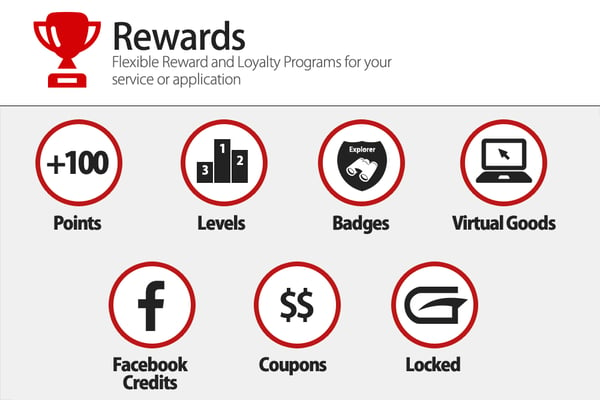4 Mistakes to Avoid when Designing Gamified eLearning Courses

Gamification!
What comes to your mind first, when you hear the word ‘gamification’?
Rewards? Game mechanics? Just fun? Rules?
Gamification is not just about rewards, fun, or rules.
Oxford dictionaries define GAMIFICATION as ‘The application of typical elements of game playing (e.g. point scoring, competition with others, rules of play) to other areas of activity, typically as an online marketing technique to encourage engagement with a product or service.’
Gamification is suitable for players of all ages. It is very effective, when adapted properly. The demand for gamification in e-learning is increasing rapidly. But gamification can also result in catastrophic damage to players and developers, when certain things are not factored in.
This blog takes you through 4 mistakes that are generally committed. This blog also provides you the countermeasures of these mistakes.
Mistake 1: Ignoring the Target (Players)
Who/what is the target of a gamified module?
Undoubtedly, it’s the AUDIENCE!
So, your gamification will be effective when you design it based on the type of audiences (players) you are dealing with.
Identify the type of player (Bartle test)
What are the player (audience) types?
Dr Richard Bartle categorized players into 4 categories.

Source: Pininterest
This category matrix can help us in determining what features must be embedded in our gamification.
Mistake 2: Not being Objective-oriented
Of course, playing games is fun. However, gamification is not all about the fun part. It is more than just a fun break from work/learning. When you focus too much on the fun element, you will miss the target, which is the learners’ learning.
Gamification is part of an overall strategy to grab the learner’s attention and total concentration, for a better learning experience. Creating the most exciting game experience, without clear objectives is a mere waste of money, resources, and time (which includes the audience time as well).

Meet the objectives
What should we do to solve this?
The simple and straightforward response would be – CREATE CLEAR OBJECTIVES AND MEET THEM.
Mistake 3: Too Many Rewards
Too much of good thing is sometimes bad!
We give rewards to enhance engagement and motivation. But rewarding every little accomplishment can trivialize and dilute efforts. Under such cases, there is also a very good chance of your strategy failing and at worst, providing a negative experience.

Source: igamify
Reward accomplishments
How much and what should we reward?
There is no specific measure of how many times we must provide rewards. It is recommended to choose specific rewards for specific checkpoints, rather than rewarding everything.
Mistake 4: Faulty Game Mechanics
Game mechanics are the heart of the game. They help provide gameplay through a construct of methods or rules, designed for the player to interact with. A careful combination of different game mechanics can result in a breathtaking output, which we all want.

Source: Gamemechanics
Do user testing, ahead of time
If the game is into the market and players are experiencing some, at least one issue, where interacting with an avatar in the game is like next to impossible, that is definitely going to have an impact on the game objective. It is always recommended to perform a thorough trial run and clear all the issues you encounter, so that the end product will be flawless when released.
Precisely, gamification is fun but not just for fun. Effective management of game mechanics can help you in providing an effective gamification experience to the players.





